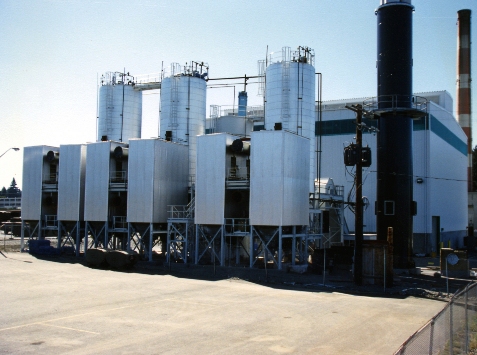Air pollution control is a critical part of keeping our environment safe. One of the most common air pollution control methods is using Wet Electrostatic Precipitators. This blog post will discuss what Wet Electrostatic Precipitators are and how they work to remove pollutants from the air. We will also watch some of the benefits of using Wet Electrostatic Precipitators over other air pollution control methods.
What are wet electrostatic precipitators, and how do they work?
Wet Electrostatic Precipitators are devices that use electricity to remove pollutants from the air. They work by spraying a fine mist of water into the air. The water droplets contain a small amount of electricity. When the droplets contact pollutants, they attach themselves to the contaminants and create an electrical charge. This charge attracts other water droplets, falling to the ground and collecting the contaminants. Wet Electrostatic Precipitators are very effective at removing pollutants from the air. They are commonly used in industries with a lot of pollution, such as power plants and factories.
How effective are they at controlling air pollution emissions?
Wet Electrostatic Precipitators are very effective at controlling air pollution emissions. They can remove 99% of particles that are 0.01 microns in size or larger. Wet Electrostatic Precipitators also effectively remove pollutants such as sulfur dioxide, nitrogen oxides, and mercury from the air.
What is the future of wet electrostatic precipitators in air pollution control systems?
The future of Wet Electrostatic Precipitators in air pollution control systems is very bright. They are evolving more and more popular due to their many benefits over other air pollution control methods. As awareness of the dangers of air pollution continues to grow, we can expect to see more Wet Electrostatic Precipitators being used in industries worldwide.
What are some of the benefits of using wet electrostatic precipitators?
There are many benefits of using Wet Electrostatic Precipitators over other air pollution control methods. Some of the benefits include:
- Wet Electrostatic Precipitators are very effective at removing pollutants from the air.
- They are easy to operate and maintain.
- They require little space so that they can be installed in small areas.
- Wet Electrostatic Precipitators are inexpensive to operate.
- They do not yield harmful emissions, such as carbon dioxide or nitrogen oxides.
Conclusion:
Overall, Wet Electrostatic Precipitators are an excellent option for controlling air pollution and provide many benefits over other air pollution control methods. If you are exploring a way to reduce air pollution in your area, consider using a Wet Electrostatic Precipitator.











